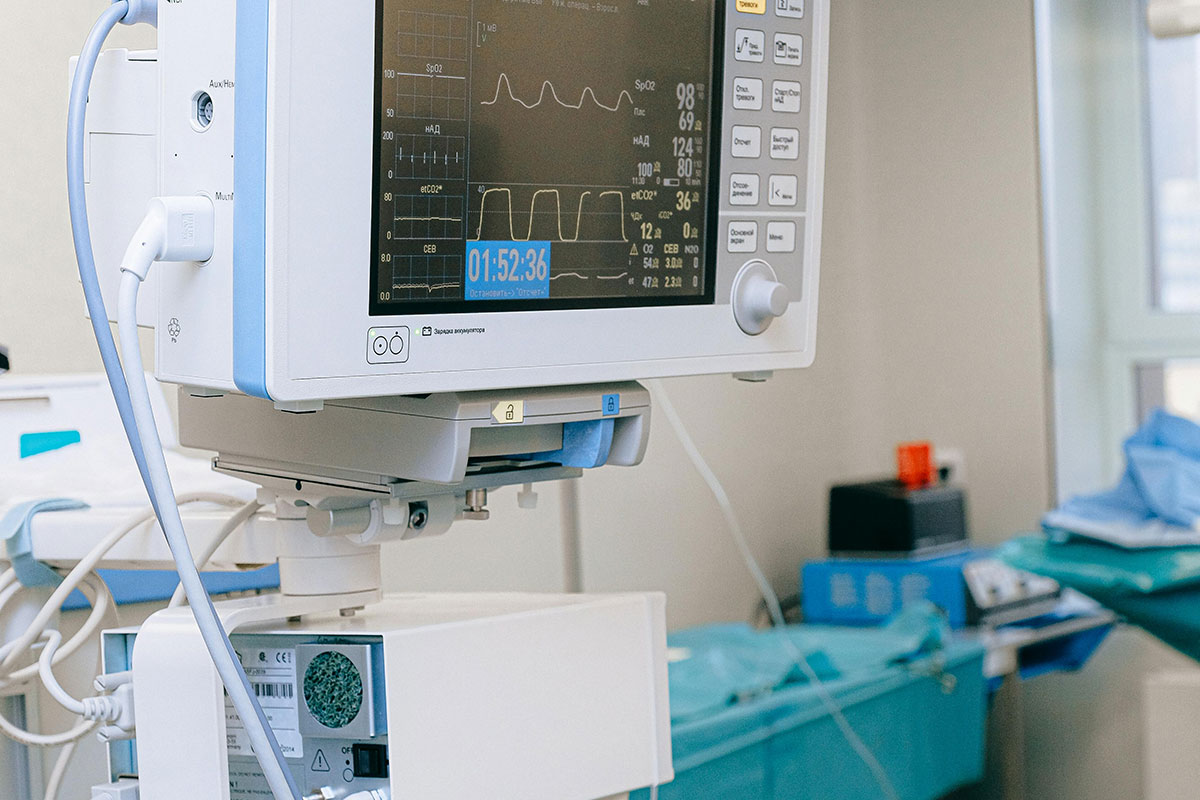A Practical, Optimised Guide to ISO 13485 Medical Device Quality Management Implementation with AvISO and ISOvA


Introduction
ISO 13485 is the international standard for Quality Management Systems in the medical device industry. It builds on ISO 9001 but includes more rigorous requirements for safety, traceability, documentation, and regulatory alignment. Whether you're a start-up developing new technology or an established manufacturer scaling up production, ISO 13485 provides the framework to meet global compliance requirements and build customer trust.
This guide outlines seven implementation steps aligned with Clauses 4 to 10 of Annex SL. Each section includes practical instructions, device-specific examples, common risks, and how AvISO and ISOvA help ensure full regulatory readiness.

Step 1
Understand the Regulatory and Organisational Context
(Clause 4 – Context of the Organisation)
What Clause 4 Covers
Organisations must:
• Identify internal and external issues, including regulatory and technological trends
• Understand requirements of regulators, patients, suppliers, and partners
• Define the scope of the Quality Management System
• Establish and document all processes that affect compliance and safety
How to
• Conduct a context review that includes MHRA, FDA, and EU MDR requirements
• Map key stakeholders including notified bodies, distributors, and end-users
• Define your QMS scope — including product lifecycle stages, locations, and outsourced processes
• Document process interactions and ensure risk-based alignment across departments
Example
A medtech SME includes software development, design control, manufacturing, and post-market surveillance in scope, but excludes sterile packaging done by a subcontractor.
Risks if Overlooked
• Key lifecycle stages not covered by the QMS
• Regulatory gaps due to vague or narrow scope statements
• Disconnected teams managing compliance in silos
How AvISO and ISOvA Help
• Context and stakeholder analysis tailored to medical device regulation
• Scope-setting and regulatory mapping tools
• Documented process architecture and workflows within ISOvA

Step 2
Demonstrate Leadership Commitment and Quality Culture
(Clause 5 – Leadership)
What Clause 5 Covers
Organisations must:
• Establish a medical device quality policy aligned to patient safety and compliance
• Assign responsibilities for quality and regulatory control
• Demonstrate leadership accountability for maintaining and improving the QMS
How to
• Appoint a management representative responsible for QMS and regulatory conformity
• Draft a Quality Policy that references applicable device safety and performance objectives
• Establish accountability for design, complaint handling, CAPA, and audit readiness
Example
A start-up founder appoints the Technical Director as Management Representative and embeds ISO 13485 responsibilities in board-level dashboards.
Risks if Overlooked
• Lack of clear responsibility for design control or vigilance reporting
• Missed top management involvement in reviews and audits
• Low quality culture or awareness across R&D, operations, and commercial teams
How AvISO and ISOvA Help
• Quality Policy and governance framework development
• Role responsibility mapping for ISO 13485 clause coverage
• Live performance and escalation tracking through ISOvA dashboards

Step 3
Plan for Risk, Compliance, and Product Objectives
(Clause 6 – Planning)
What Clause 6 Covers
Organisations must:
• Identify risks and opportunities for the QMS
• Define quality and regulatory objectives
• Plan compliance actions and controls
How to
• Create a risk register that includes design, process, supplier, and post-market risks
• Link planned actions to key product milestones (e.g. risk analysis in design inputs)
• Establish SMART objectives for quality (e.g. complaint closure in 15 days)
Example
A manufacturer identifies a risk of process deviation during sterilisation and plans a corrective validation protocol ahead of batch release.
Risks if Overlooked
• No link between design risks and process controls
• Weak or vague quality objectives that don’t support audit or technical file evidence
• Unplanned actions causing regulatory delays or audit failure
How AvISO and ISOvA Help
• Medical device risk management and objective setting workshops
• Configurable risk and objective registers in ISOvA
• Templates linking QMS outputs to design, validation, and manufacturing plans

Step 4
Build Competence and Control Critical Documentation
(Clause 7 – Support)
What Clause 7 Covers
Organisations must:
• Ensure competence, training, and awareness of staff
• Control all QMS documentation, including device files and records
• Provide communication channels and compliance infrastructure
How to
• Maintain a training matrix including GMP, ISO 13485, design control, and complaint handling
• Version control all QMS and product documentation
• Ensure availability of procedures, forms, and technical files to staff and auditors
Example
A device developer tracks design input approvals, validation plans, and risk assessments using a controlled document portal.
Risks if Overlooked
• Outdated or uncontrolled QMS records
• Gaps in training evidence for critical roles
• Inaccessible device files during audits or inspections
How AvISO and ISOvA Help
• Competence tracking and documentation control support
• Training and document management modules in ISOvA
• Audit logs, approval workflows, and document change history

Step 5
Operate and Control the Product Lifecycle
(Clause 8 – Operation)
What Clause 8 Covers
Organisations must:
• Plan and control product realisation
• Implement design, purchasing, traceability, and post-market processes
• Validate processes and ensure controlled change
How to
• Implement documented procedures for design control, production, sterilisation, packaging, and distribution
• Define acceptance criteria, control plans, and traceability records
• Manage changes via design review and risk re-evaluation
Example
A diagnostics firm validates its packaging process to confirm container integrity over storage conditions and transport.
Risks if Overlooked
• Gaps in validation or change control lead to regulatory non-conformance
• Missing or inconsistent device traceability
• Poor supplier management results in material or quality issues
How AvISO and ISOvA Help
• Support developing controlled procedures and lifecycle validation plans
• Operational and supplier control records in ISOvA
• Integration with ISO 14971, ISO 9001, and ISO 27001 where applicable

Step 6
Evaluate Performance and Audit QMS Effectiveness
(Clause 9 – Performance Evaluation)
What Clause 9 Covers
Organisations must:
• Monitor and measure QMS effectiveness
• Conduct internal audits and management reviews
• Gather performance and regulatory data
How to
• Set up audit programmes covering design, manufacturing, distribution, and post-market processes
• Monitor KPIs such as NCs, complaints, CAPA, and training compliance
• Run structured management reviews aligned with product and market risk
Example
An orthopaedic device manufacturer tracks CAPA closure rates and uses trend data to inform training improvements and vendor selection.
Risks if Overlooked
• Audit findings repeated or not addressed
• Weak management engagement in reviews
• Data not used to improve compliance or product performance
How AvISO and ISOvA Help
• Internal audit planning, execution, and reporting support
• Real-time performance monitoring dashboards in ISOvA
• Templates for audit reports, review minutes, and metrics summaries

Step 7
Improve System and Product Performance
(Clause 10 – Improvement)
What Clause 10 Covers
Organisations must:
• Address nonconformities and implement corrective action
• Continuously improve the effectiveness of the QMS
• Support risk reduction and performance enhancement
How to
• Maintain logs for NCs, CAPAs, and improvement actions
• Conduct root cause analysis and validate effectiveness of corrections
• Use post-market surveillance and audit data to inform system changes
Example
Following a packaging failure, a firm updates material specifications, trains staff, and adds additional QC checkpoints.
Risks if Overlooked
• Repeat findings from regulators or notified bodies
• Inadequate root cause analysis or verification
• Missed opportunities to align with evolving global device regulations
How AvISO and ISOvA Help
• CAPA and improvement support with root cause analysis tools
• Cross-referenced audit and complaint registers in ISOvA
• Ongoing retained consultancy for continual ISO 13485 compliance
Need help with our how-to guide, have a question, or want to know more about how we can help you gain certification? Get in touch.
Kent: 01892 800476 | London: 02037 458 476 | info@avisoconsultancy.co.uk


